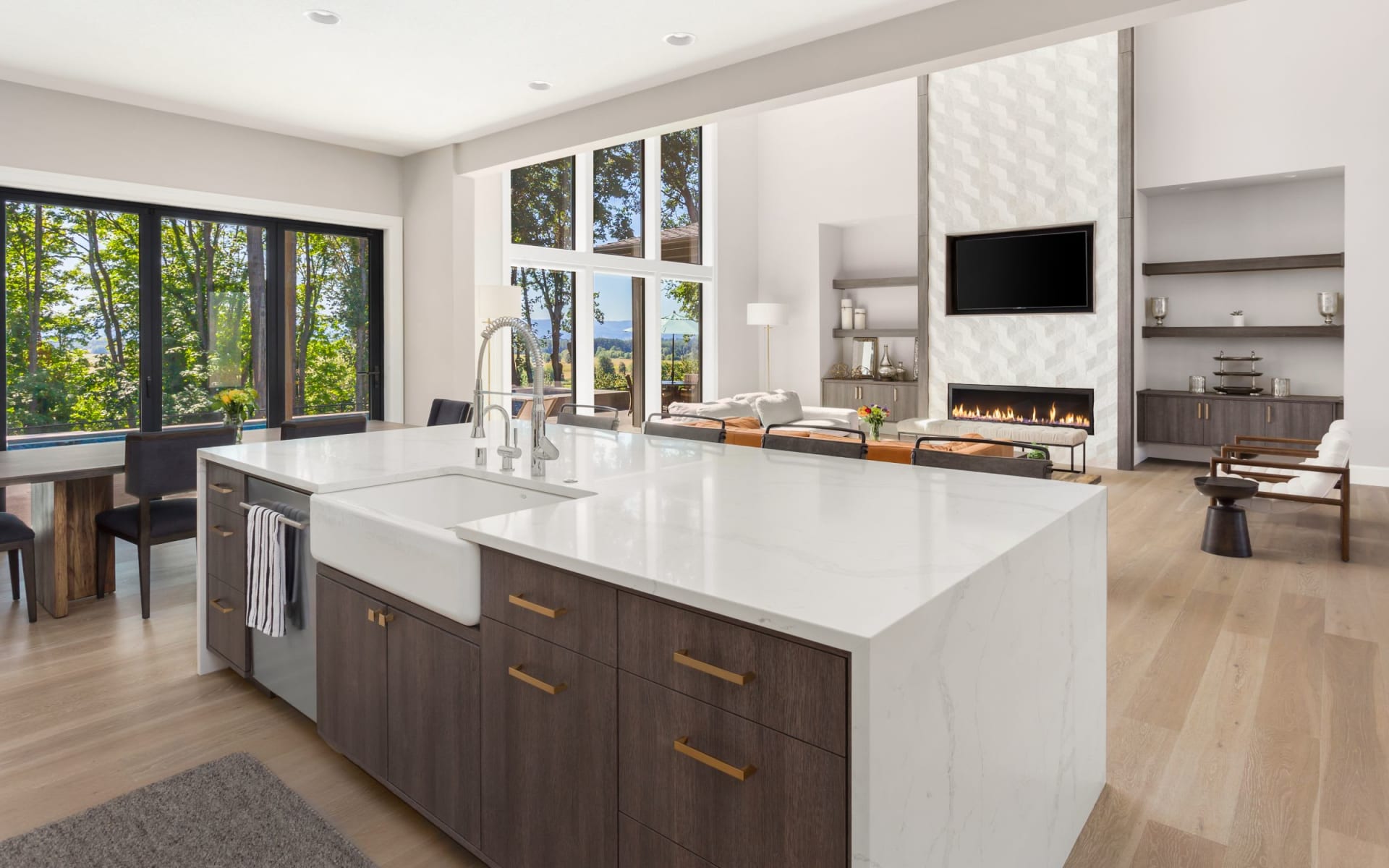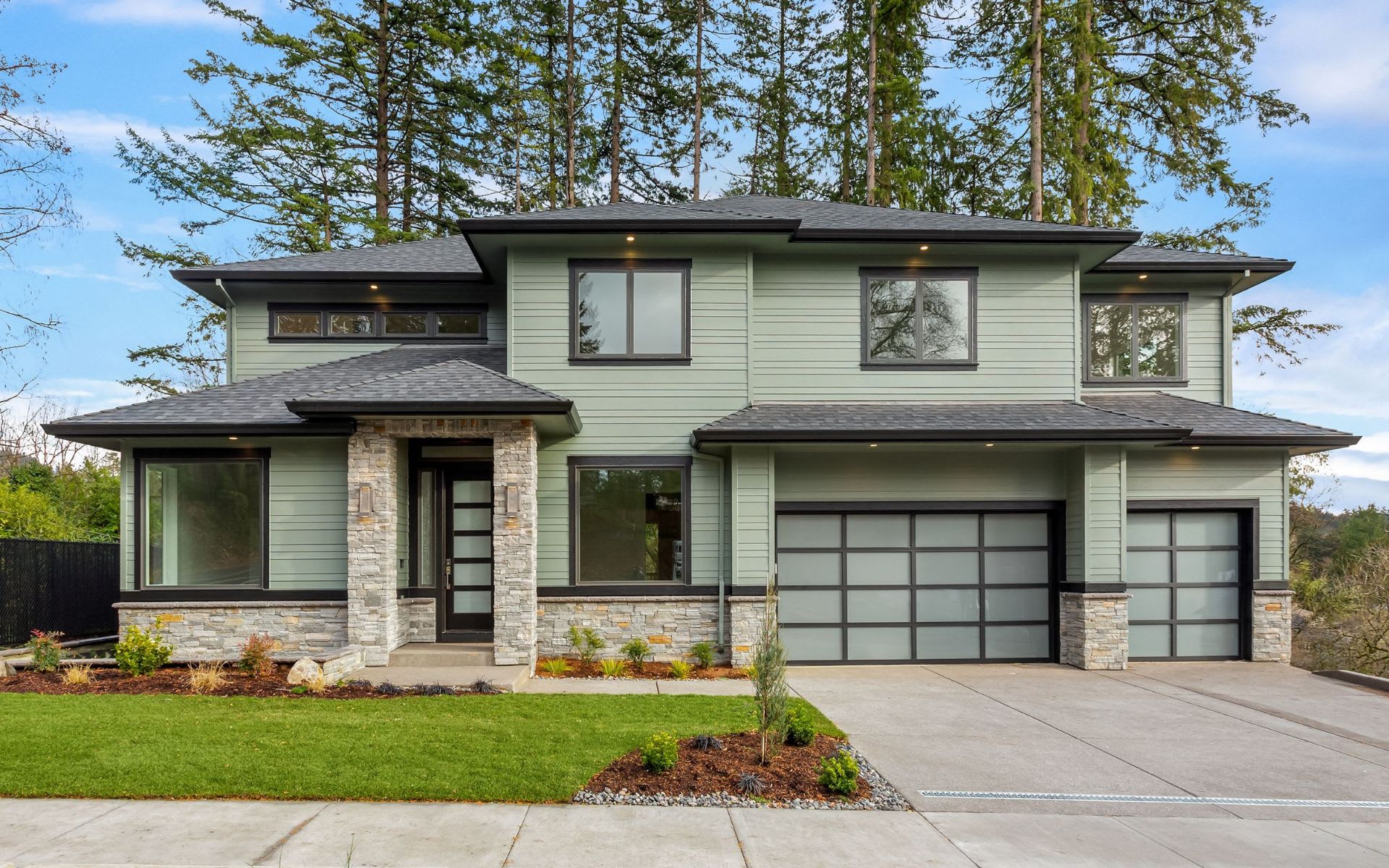A copy of the offer will have been forwarded to the office of your lawyer. Your lawyer will have reviewed the conditions of the sale. You will have made your lawyer aware of how you, and any co-buyers, will be registered on the title of the property.

All of the conditions in the offer to purchase must be satisfied by the closing date. If one of the conditions in your offer was a house inspection, it should have been completed by the closing date, and you should be satisfied with the report.

All of your financing details will have been finalized and ready to fall into place on the closing date.

If the vendor did not have an up-to-date land survey, you'll have had one done. Your lender will insist on it.

Your lawyer will search the title of the property to ensure that you can purchase the home without any legal problems. Your lawyer will also make sure that tax payments have all been made and there are no liens on the home or the personal property the vendor has agreed to sell you as part of the deal.

You'll want to make sure that you've contacted all of the utility, cable, and phone companies to ensure an easy transition of service and billing.

Your lawyer will prepare a statement of adjustment. This confirms the selling price, adjustments, and the balance (less the deposit you provided with the offer). Your lending institution will draw up a certified cheque for your lawyer to hold in trust.

Additional settlement charges will have to be paid:
- Your lawyer's fee and disbursements
- Condo and co-op fees (Remember to ensure there is an adequate Reserve fund in place and that the condominium has a proper Technical Audit and Reserve Fund Study completed by competent professionals.)
- Tax and utility adjustments; if they have been pre-paid, you'll have to pay the vendor for the portion of the service you assume
- Land transfer tax; based on the price of the home, this fee ranges from 0.5% to 4% of the selling price

You'll want to make sure your homeowner's insurance policy will be in place to cover your new home and property once the deal is closed. Your lawyer will need a copy of the policy before closing.
